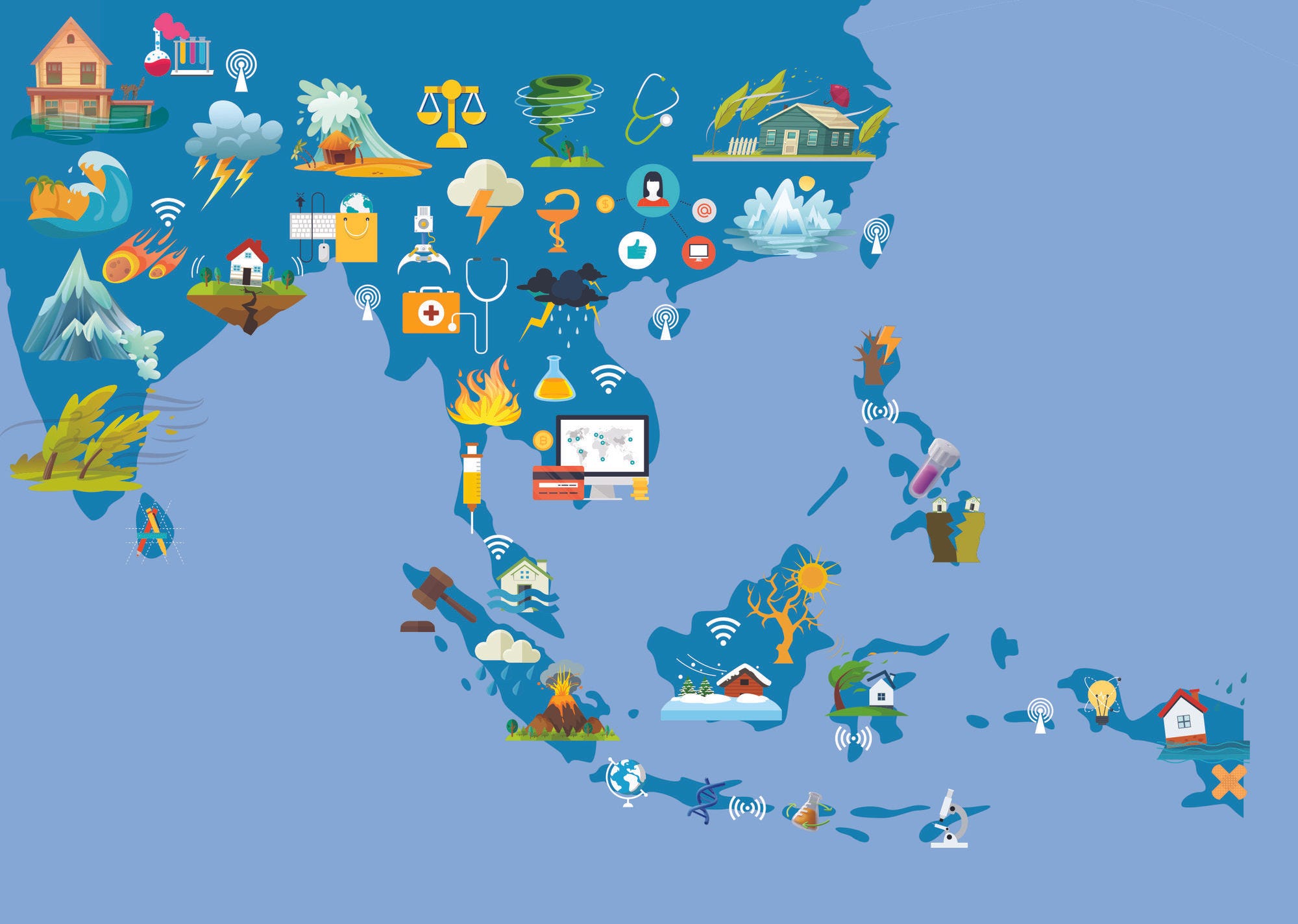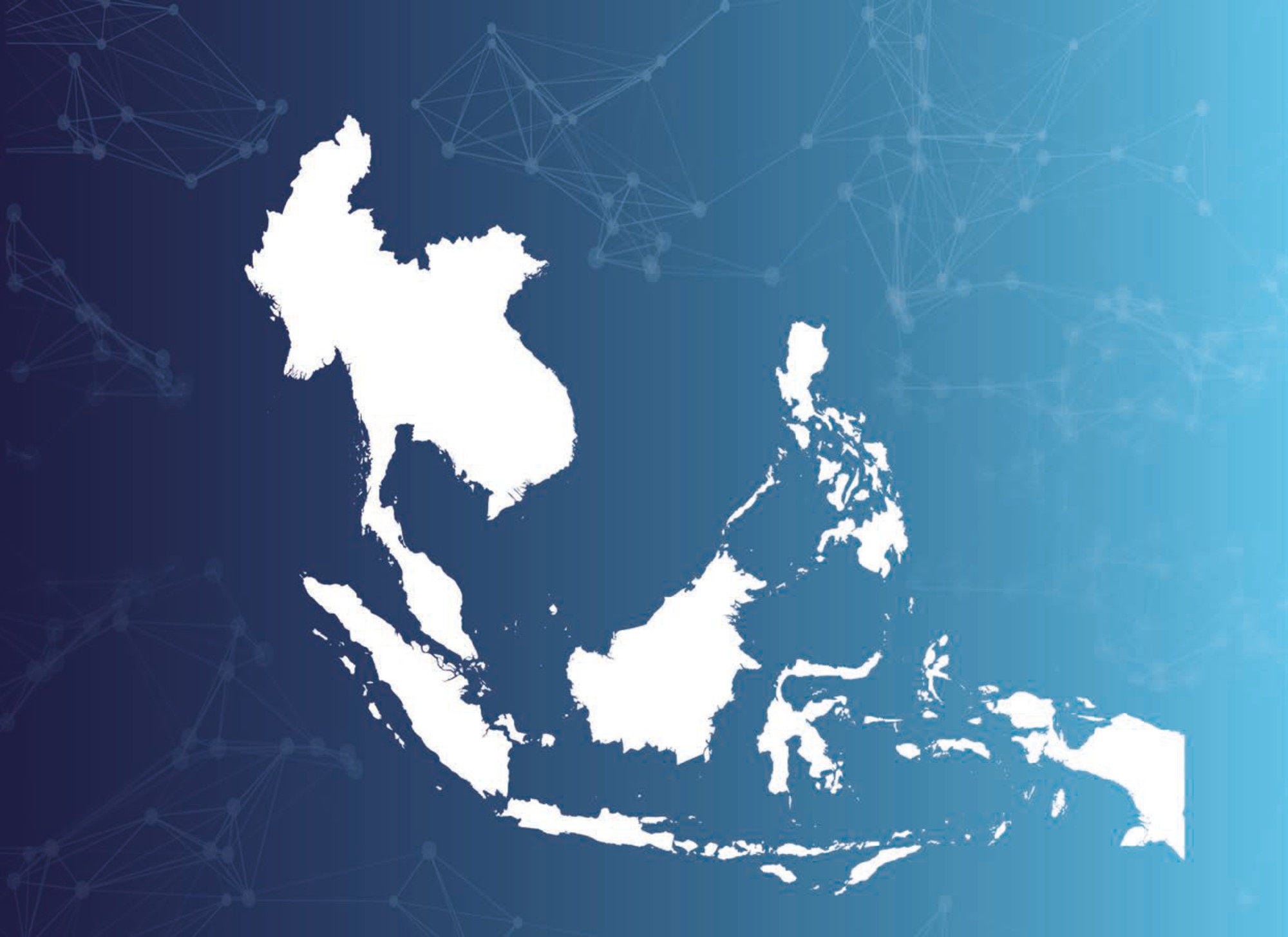Viet Nam’s sustained economic development is driving increasing demand for electricity with generation capacity predicted to nearly double over the next decade. With the majority of economic hydropower resources utilised, delays in coal power pipelines, and increasing energy insecurity, Viet Nam has pivoted its electricity sector development plans to further prioritize the deployment of wind and solar generation. A clean energy transition such as this can deliver multiple social and economic benefits related to cost reductions, improved energy security, and public health.
This working paper was prepared to support least-cost energy sector planning in Viet Nam particularly for the upcoming Viet Nam Energy Outlook 2021 (VEO21) being prepared in partnership between Viet Nam’s Ministry of Industry and Trade (MOIT) and the Danish Energy Agency (DEA). This working paper discusses the use of discounting in energy models and the potential impact discount rate selection may have on a model’s cost-optimised technology selections. The paper also analyses the clean energy finance environment in Viet Nam to identify opportunities for policy levers to reduce the prevailing cost of capital and how these cost implications can be tested in the VEO21 modelling exercise.
The main outputs of this working paper are two sets of model inputs, an estimate for an appropriate social discount rate and secondly a set of high and low financial hurdle rates for renewable energy technologies for use in sensitivity or scenario analysis.









